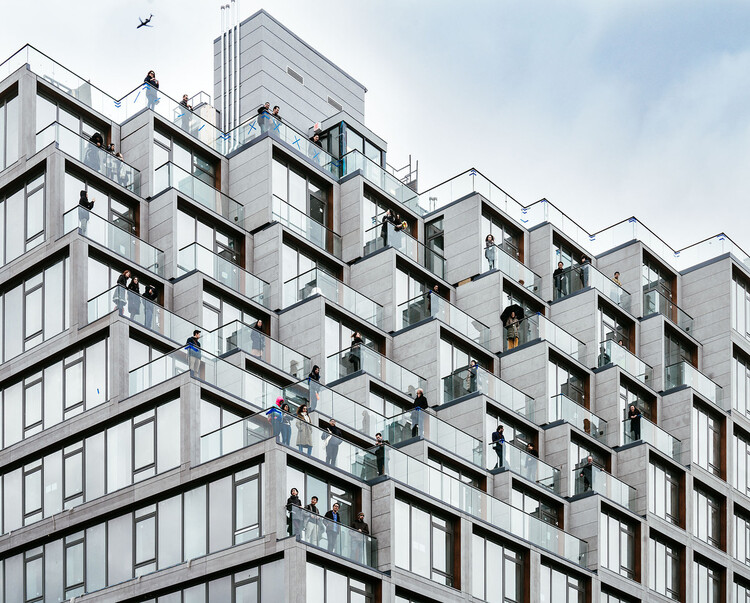
Housing production has been relying on the same spatial configurations for almost a century, catering to a vision of domestic life that no longer constitutes the norm. The widespread housing shortage, the issue of affordability, the rise of single-person households, and an aging population prompt a re-evaluation of existing housing models to address a broader range of demographics and adapt to the changing needs of city dwellers. The following explores contemporary collective housing models that provide the framework for new dwelling experiences and support current lifestyles.
The housing shortage is an important challenge for urban environments, and many cities around the world are developing plans to increase housing production. In the UK, the Affordable Homes Programme plans on delivering 82,000 new homes until 2023, while Amsterdam intends to build 52500 units by the end of 2025. For this reason, it is worth reconsidering what should a contemporary home provide and who it is designed for. For the most part, housing production continues to cater to the nuclear family. However, the number of single-person households has been steadily increasing worldwide since the 1960s. In the US, almost 30% of people live alone, and across the EU, around one-third of households are comprised of single adults, with the number getting close to 50% in Northern European countries. This data argues for a re-evaluation of housing typologies and spatial layouts.















